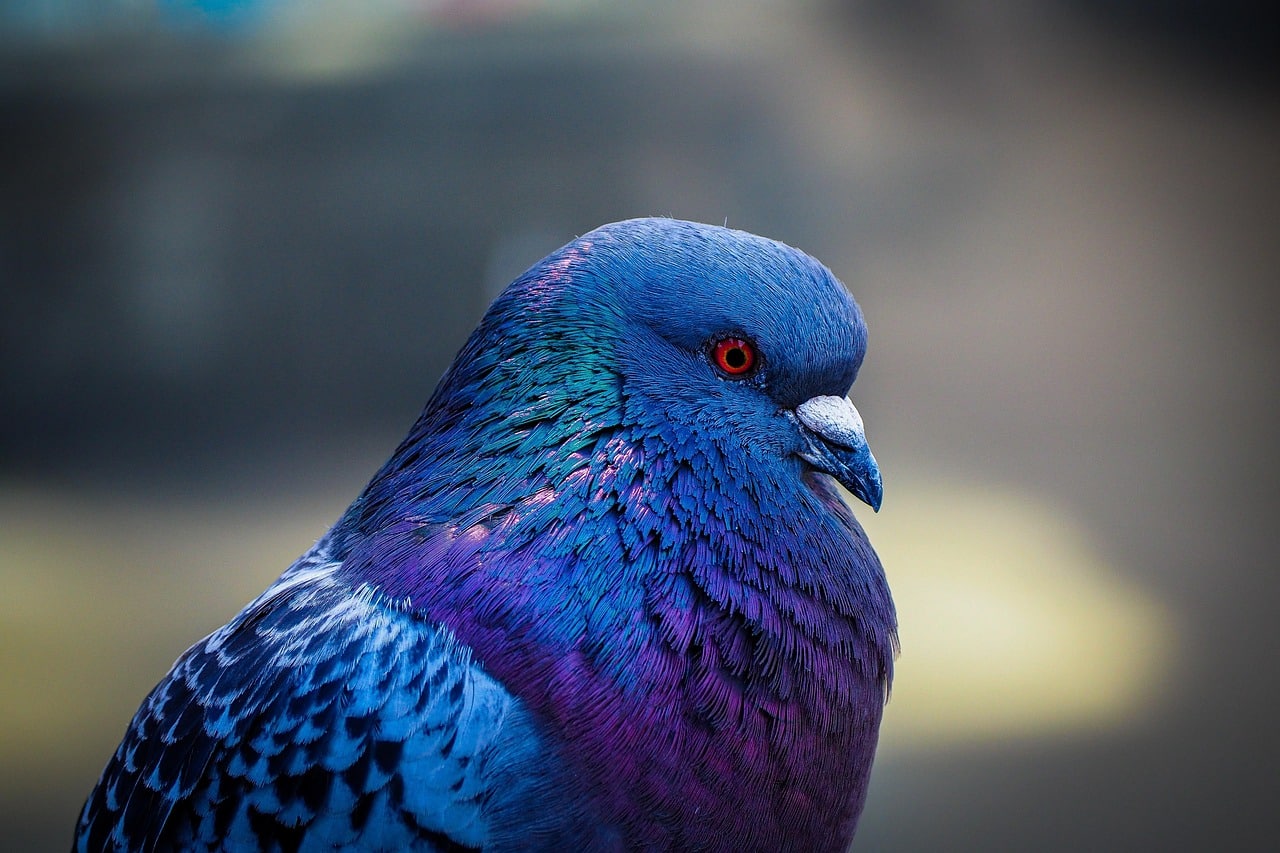
The IG Nobel prize
Science is not only about discoveries that change the world or theories that rewrite textbooks. There is also an ironic, surreal, and sometimes seemingly useless side that deserves to be celebrated. This is precisely the spirit of the IG Nobel Prize, an award created in 1991 by Harvard University and the Annals of Improbable Research to honor studies that “first make people laugh, then make them think.”
The IG Nobels are famous for highlighting the absurd in scientific research. Yet behind the initial laughter, many of these studies contain brilliant insights, unexpected applications, or even ideas that shape the future. In the world of technology, several IG Nobel-winning studies have anticipated innovations now considered serious and strategic, proving that irony can be a powerful driver of progress.
Wi-Fi for Pigeons: The Art of Hyperconnectivity
One of the most curious IG Nobel Prizes in the tech world was awarded to a group of British researchers who compared broadband internet speed to that of a carrier pigeon carrying a memory card. The result was surprising: the pigeon, flying with a 4GB memory card, reached its destination faster than the equivalent download via ADSL. What seemed like a ridiculous experiment highlighted a real problem: the slowness of rural digital infrastructures, an issue now central to the development of 5G networks and satellite services like Starlink. That pigeon with a memory card anticipated the global debate on the need for ultra-fast connections everywhere, even in the most remote areas.
Remote-Controlled Cockroach Robots
Another IG Nobel, awarded in 2014, went to Japanese researchers who developed a system to control cockroach movements via remote control. Immediate applications? None, except for a certain sense of discomfort. However, this research inspired further studies in biorobotics and neural remote control, fields that are now crucial for developing neural exoskeletons, smart prosthetics, and micro-drones for search and rescue operations in inaccessible environments. The boundary between biology, robotics, and remote control often starts from studies that, at first glance, seem absurd.
The Mobile Phone as a Human Prosthesis
In 2011, an Australian team won the IG Nobel for demonstrating that intensive mobile phone use changes the way our brain perceives the body, integrating the phone as a true cognitive prosthesis and sensory extension. Today, this concept is at the heart of cognitive augmentation, with companies exploring how smartphones, smartwatches, and wearables can become integral parts of our sensory and decision-making systems — a prelude to an increasingly seamless human-machine fusion.
Facial Recognition for Cows and Pigs
Among the most discussed awards in recent years was the development of facial recognition software for livestock. At first, the idea of using NSA-level algorithms to identify individual cows may seem comical, but behind it lies the need to monitor animal health, nutrition, and wellbeing with the same precision used for humans. Today, these technologies are widely used in agritech and smart farming, representing one of the most dynamic fields in AI applications for global food production.
The IG Nobel Prizes teach us that science doesn’t always have to be serious to be useful. Many great discoveries are born from ideas that started as jokes, from experiments dismissed as useless or ridiculous that eventually transform into technologies capable of changing our lives. Laughing at an IG Nobel Prize ultimately means laughing at our own inability to fully imagine the power of research, which, even along its most improbable paths, can build the future.








